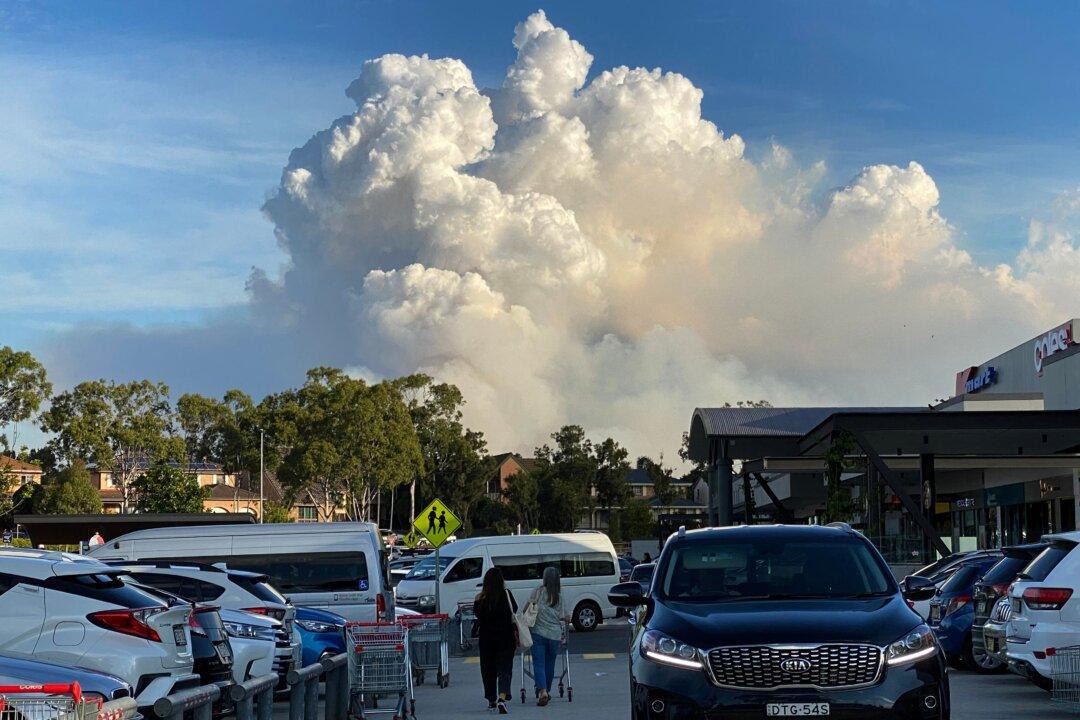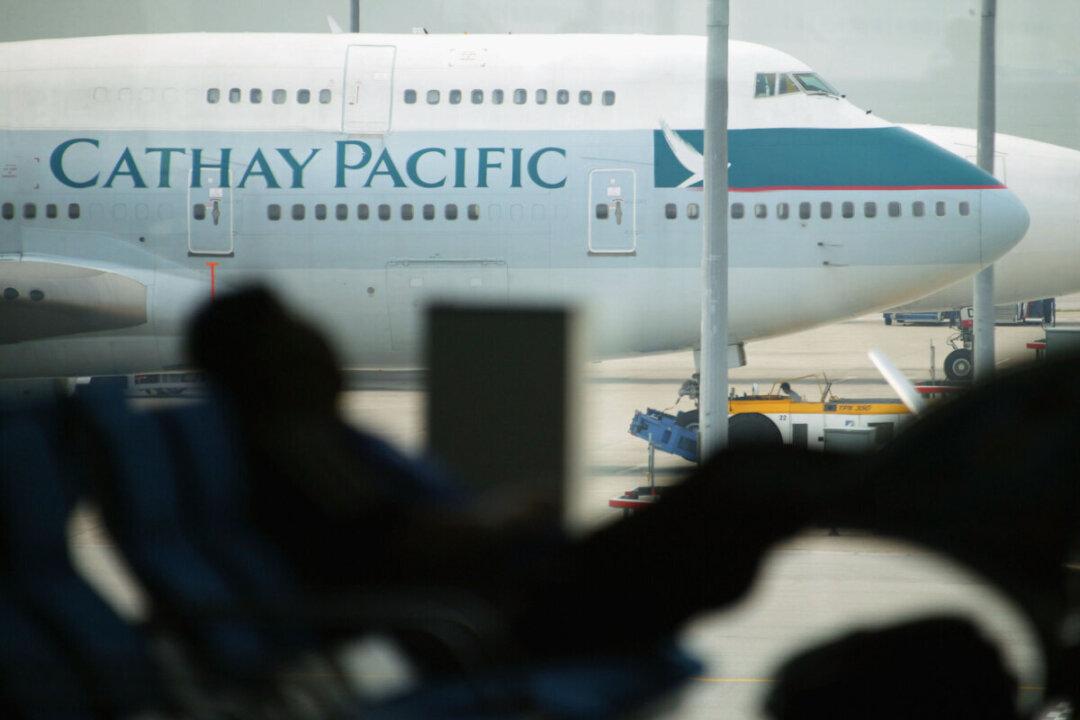Insurance Australia Group signaled a hike in insurance premiums for fiscal 2024 amid inflationary pressures, higher reinsurance and natural perils costs.
IAG, known for its major insurance brands NRMA and CGU, said it is increasing natural perils allowance by 26 percent to $1.147 billion (US$731 billion), up from $909 million in 2023. The company estimates that around 20 percent of the premiums it collects now cover reinsurance costs and the perils allowance.




